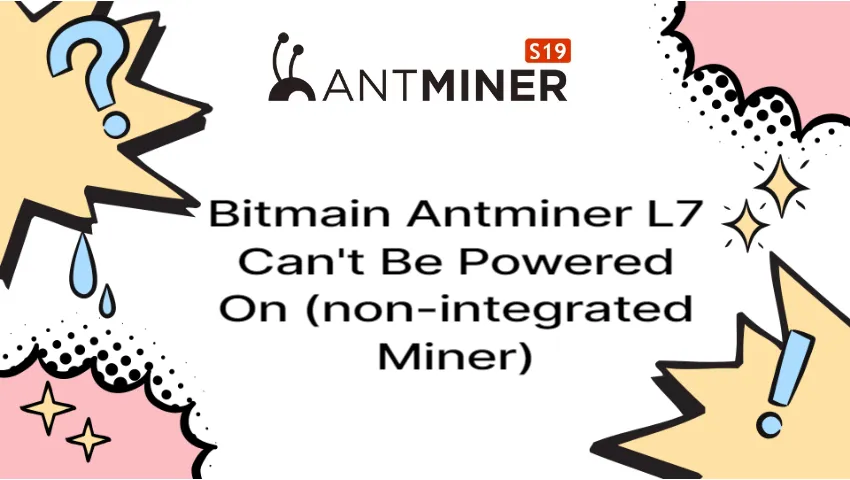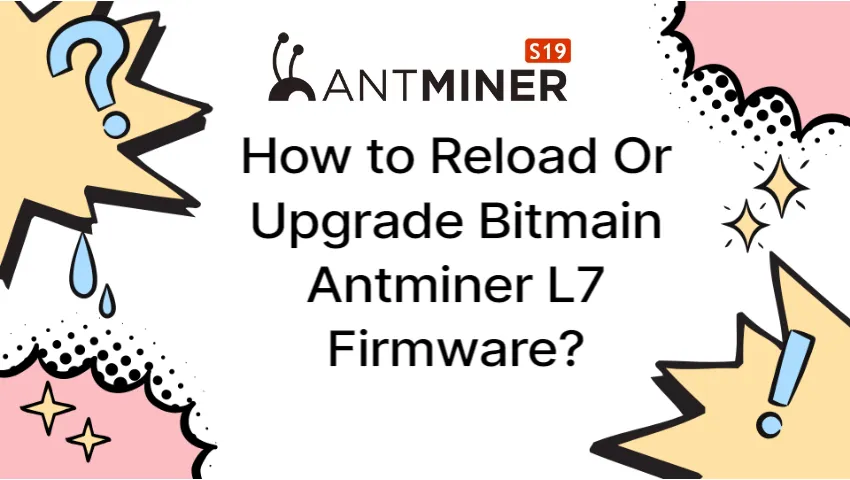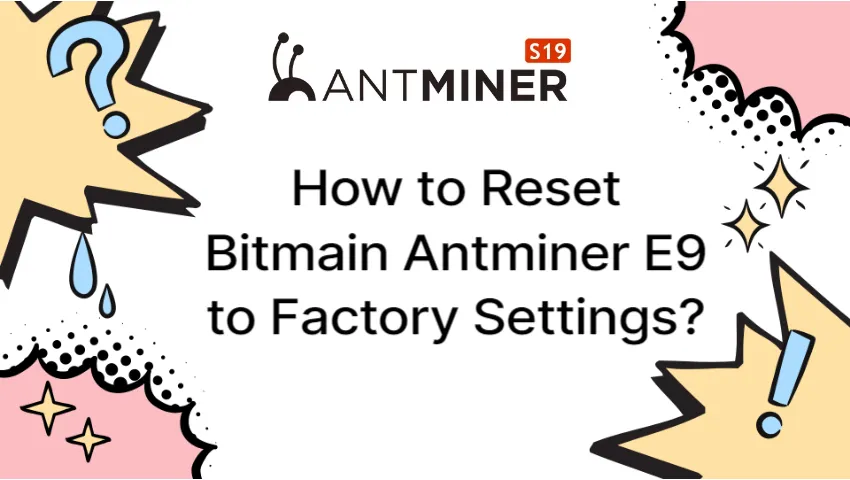Here is a comprehensive guide to Bitmain Antminer L7 Onshelf and Maintenance in Low-Temperature Areas.
As opposed to the Bitmain Antminer L7’s required working temperature of 0 to 40 degrees Celsius, some cold regions can experience low temperatures of minus 10 to 20 degrees Celsius. This manual will assist in avoiding and resolving issues like burnt hashboards, missing hashboards, missing chips, low-temperature protection, high-temperature protection, and temperature failure brought on by low temperatures.
Read more: Bitmain Antminer L7 Normal Operating Temperature Range
Table of Contents
I. Inspections before Installation
- During transit, there may be jolts and collisions. Check for any loose heat sinks by shaking the miner. The heat sinks might detach due to transportation if the miner makes an unusual noise. The installation should not go on.
- In some cold regions, the temperature is extremely low. The internal temperature of the Bitmain Antminer L7 miner could be much lower than 0 degrees Celsius after a protracted journey. After unpacking the equipment, please place it under 25 degrees Celsius (such as the hot air area in a mining farm) and warm it up for 30 minutes before setting on shelves.
*Note: The goal of warming up is to increase the miner’s temperature while also dispersing the water vapor inside the device. The miner’s preheating area needs to be as dry and low in humidity as possible.
II. Preparation before Powering-up
The Bitmain Antminer L7 will enter protection mode at a temperature of minus 5 degrees Celsius when it is above 0 degrees Celsius and working. The miner needs to be warmed up before using if the inlet air is colder than minus 5 degrees Celsius. The method of warming up is as follows:
- Adjust the airflow
Then, send the hot air that was expelled from the miner back to the cold air zone for heating. Rotate the miner’s direction and adjust its angle. Adjust the amount of incoming and outgoing air (ensure that the incoming and outgoing air is unobstructed), thus increasing the incoming air temperature.
*Note: When preheating, make sure the miner is heated evenly to prevent extreme situations like single-point heating or air blocking.
III. Operation After Booting
- Verify that the firmware is the most recent version . Before setting up the pool, you must update to the most recent firmware if it is not already there. Visit our Bitmain Antminer L7 firmware page to get the latest version of the firmware.
*Please double-check the MD5 value after downloading the firmware.
Please use one of our suggested browsers, Google or Firefox, when upgrading a single machine via the website. Upgrade problems could arise if you use a different browser. Before continuing, please restart the miner if the following issue arises during the upgrade.

For batch upgrades, it is advised to use the BTC tool or the Antpool batch tool.
- Notes on Firmware Upgrade
- Please try to update the firmware at noon because the low temperature is harder to form at that time. Depending on the actual circumstances of the mining farm, you may need to adjust the Bitmain Antminer L7 miner’s angle and position or install more heating equipment to raise the temperature at the air inlet. To sum up, avoid turning on the low-temp protection mode because doing so prevents the miner from starting.
- It is preferable to upgrade the firmware one shelf at a time rather than all of them at once. If everyone is upgraded, the hot air volume would drop when the miners abruptly stopped working, where a collective low temperature would form. When upgrading one shelf at a time, the adjacent and opposite shelves are still functional while the upgraded shelf is being used, and some missing hot air can spill over, which is generally better.
- When upgrading a miner shelf, start with the top shelf and work your way down. The others in the bottom area are still operating while the ones in the top area are being upgraded, which also helps the temperature of the air inlet of the upper machine to meet the requirements.
- You can configure your IP address and mining pool once you’ve made sure your device is running the most recent firmware.
- If you are unsure how to determine whether the miner is running the most recent firmware, please use the BTC tool offered by our business to scan the machine status once, export the.csv file, and send it to our customer service (the file naming format is name + scan time.csv).
IV. Attentions During Operation and Maintenance
- After the firmware upgrade is completed, if the hashboards missing issue still happens frequently, you can use the function of “locate” to light up the Locate the Bitmain Antminer L7 miner using the LED on its management page, then try to unplug it, wait for at least a minute, and then turn it on. 2. If the aforementioned approach fails to resolve the issue, you can try shaking the miner while it is unplugged to hear if any heat sinks are in danger of falling off. It needs to be fixed if the heat sinks or chips come off.
- If there are too many anomalies, such as a missing hashboard and a low hashrate, kindly get in touch with customer service.
- When the temperature is extremely low or high, the machine will automatically go into protection mode. When the temperature stabilizes, it should be used right now. Repeated restarts should be avoided in extremely cold or extremely hot conditions as this could harm the equipment.
- *Notes on restarting
- Please avoid direct startup at low temperature and use the preheating startup method described above when the miners that have already been reinstalled are functioning abnormally.
- It is essential to raise the temperature first after scanning reveals that the miner is abnormal because of low temperature. Restarting should not be done instantly in the background.
- The machine will switch on automatic protection if the low temperature drops to minus 5 degrees Celsius or lower. The recommended operating temperature of the miner is 5-35 degrees Celsius.
Please feel free to get in touch with us if you have any questions so we can help.



